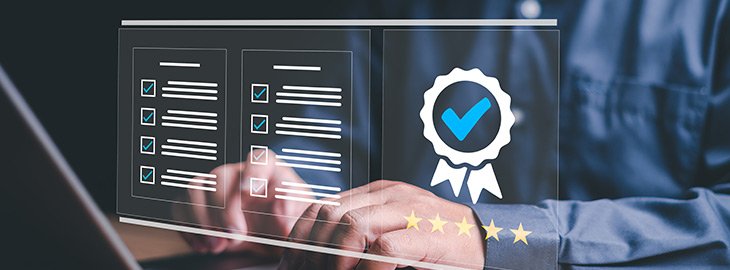The Ultimate Guide to Cybersecurity Audits: Best Practices for an Internal Audit
In today's digital age, where cyber threats are constantly evolving, cybersecurity audits are a vital aspect of ensuring the safety and integrity of an organization's data. This comprehensive guide will delve into the importance of cybersecurity audits, how to conduct them effectively, the role of internal audit in cybersecurity management, best practices, and what to expect in external cybersecurity audits.
What is a Cyber Security Audit and Why is it Important?
A cybersecurity audit is a comprehensive overview of an organization's security and compliance with security policies and regulatory requirements. It ensures that the organization's security program is effective in addressing and managing cyber threats, vulnerabilities, and risks. By conducting a security audit, an organization can identify and address security weaknesses, thereby enhancing its overall security posture.
A cybersecurity audit involves an assessment of an organization's security measures, policies, and practices to ensure compliance with security standards and regulations. Cybersecurity audits play a crucial role in protecting sensitive data from unauthorized access, data breaches, and cyber threats, safeguarding the organization's reputation and financial well-being. Organizations are required to adhere to various compliance standards such as the General Data Protection Regulation (GDPR) to protect the personal data of individuals. Cybersecurity audits ensure compliance with these standards.
How to Conduct a Comprehensive Cybersecurity Audit
1. Define the scope of the audit: Determine the areas of the organization's infrastructure, systems, and processes that will be assessed in the cybersecurity audit. This may include networks, applications, data storage, and employee devices.
2. Review existing security policies: Gather and review the organization's existing information security policies, procedures, and guidelines. Evaluate whether they align with industry standards and best practices.
3. Assess cybersecurity risks and vulnerabilities: Identify potential cybersecurity risks and vulnerabilities within the organization's IT systems. This may involve conducting vulnerability scans, penetration testing, and reviewing security incident reports.
4. Evaluate access controls and user permissions: Review user access controls and permissions across the organization's networks and systems. Ensure that only authorized individuals have access to critical systems and data.
5. Examine network security measures: Assess the effectiveness of the organization's network security measures, including firewalls, intrusion detection systems, and encryption protocols. Determine if they are configured properly and up to date.
6. Review data protection practices: Evaluate how the organization protects sensitive data, such as customer information and intellectual property. This may involve reviewing data encryption practices, data classification, and data loss prevention measures.
7. Assess employee training and awareness: Review the organization's cybersecurity training programs and employee awareness initiatives. Ensure that employees are educated on cybersecurity best practices and aware of potential cyber threats.
8. Evaluate incident response and recovery procedures: Review the organization's incident response and recovery procedures in the event of a cybersecurity incident. Ensure that there are clear protocols in place for detecting, responding to, and recovering from security breaches.
9. Implement security measures: Based on the findings of the audit, implement security measures to address any identified risks and vulnerabilities. This may involve updating security policies, implementing new security controls, and providing additional employee training.
10. Regularly monitor and update security measures: Cybersecurity is an ongoing process, so it's important to regularly monitor and update security measures to adapt to new threats and vulnerabilities. Conduct regular cybersecurity audits to ensure that the organization's security posture remains strong.
Conclusion
Conducting an internal cyber security audit is crucial for any organization to ensure the safety and security of their digital assets. The audit helps in identifying potential vulnerabilities and risks within the organization's network, systems, and data. By assessing the current state of cyber security measures, the organization can take necessary steps to improve and strengthen their defenses against potential cyber threats. The audit also provides insights into the effectiveness of existing security protocols and allows for necessary adjustments to be made. Ultimately, the goal of the internal cyber security audit is to protect the organization from various cyber attacks, data breaches, and other security incidents. It is an ongoing process that continuously evaluates and enhances the organization's cyber security posture to adapt to the ever-evolving threat landscape. By regularly conducting internal cyber security audits, organizations can stay one step ahead and proactively safeguard their digital assets from potential threats.


